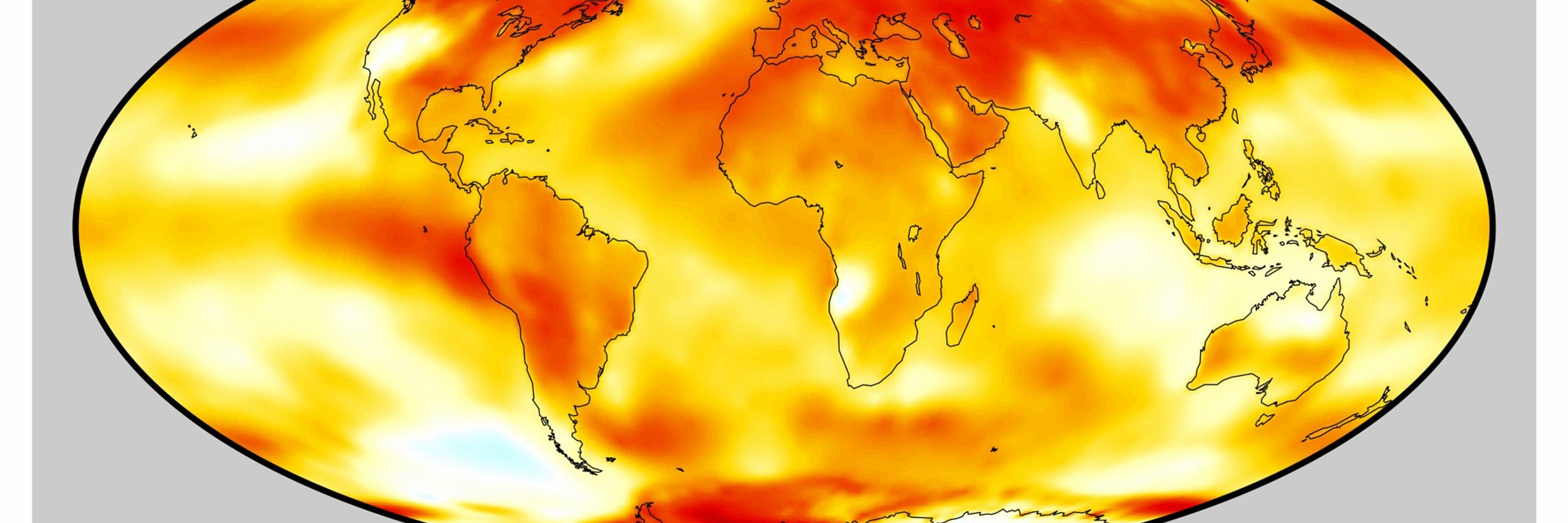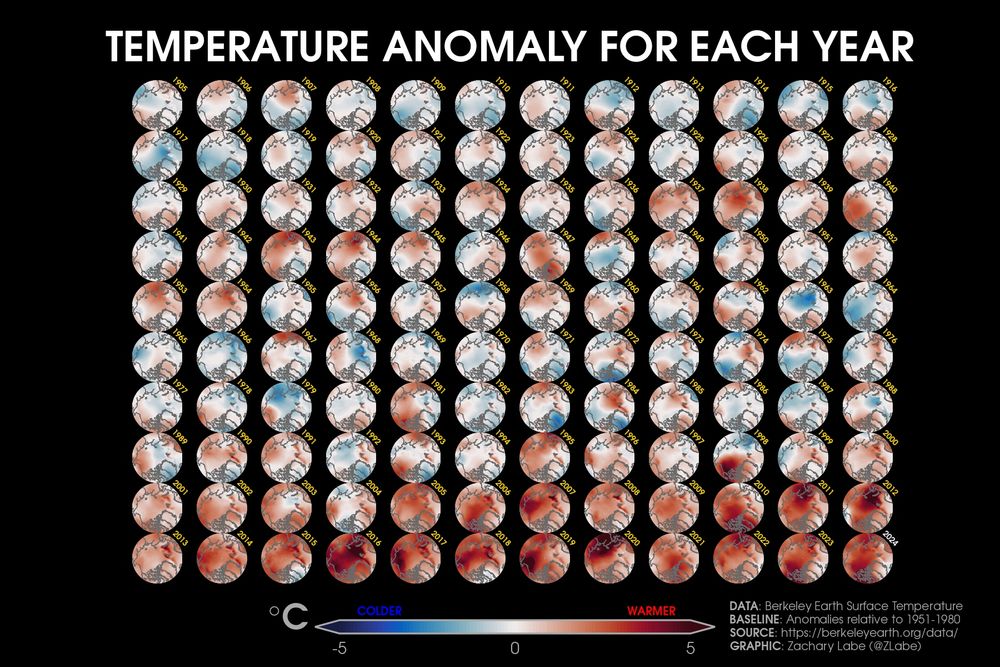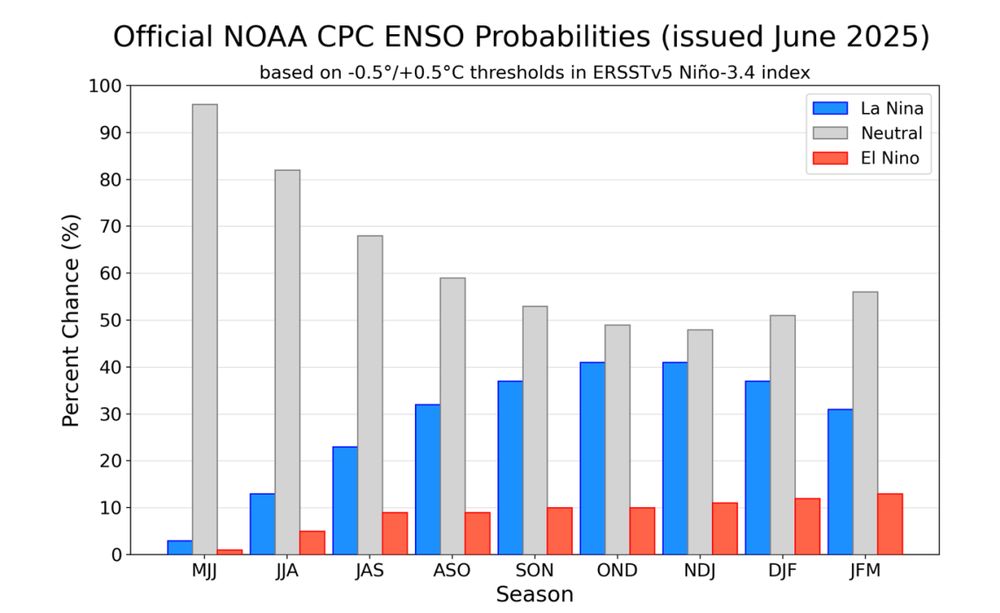Berkeley Earth
@berkeleyearth.org
1.1K followers
4 following
91 posts
We're an independent 501c3 non-profit organization working to make climate data open and accessible.
📍Berkeley, CA
@ www.berkeleyearth.org
💲donate.berkeleyearth.org
Posts
Media
Videos
Starter Packs
Pinned
Reposted by Berkeley Earth
Reposted by Berkeley Earth
Reposted by Berkeley Earth
Reposted by Berkeley Earth
Reposted by Berkeley Earth
Reposted by Berkeley Earth
Reposted by Berkeley Earth
























